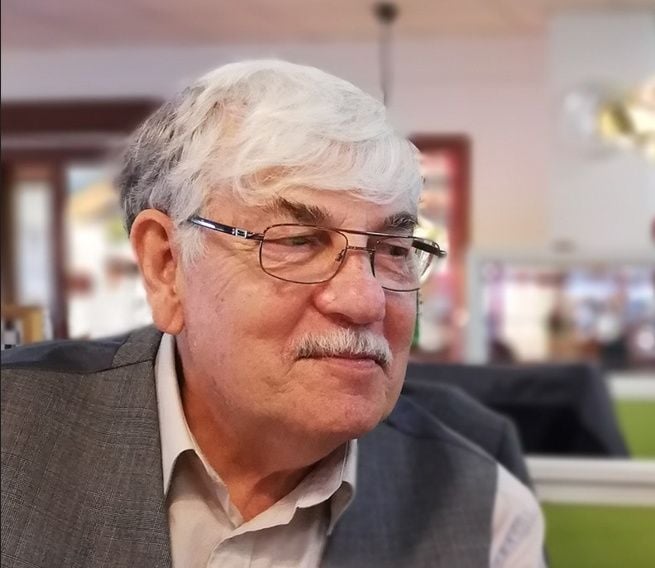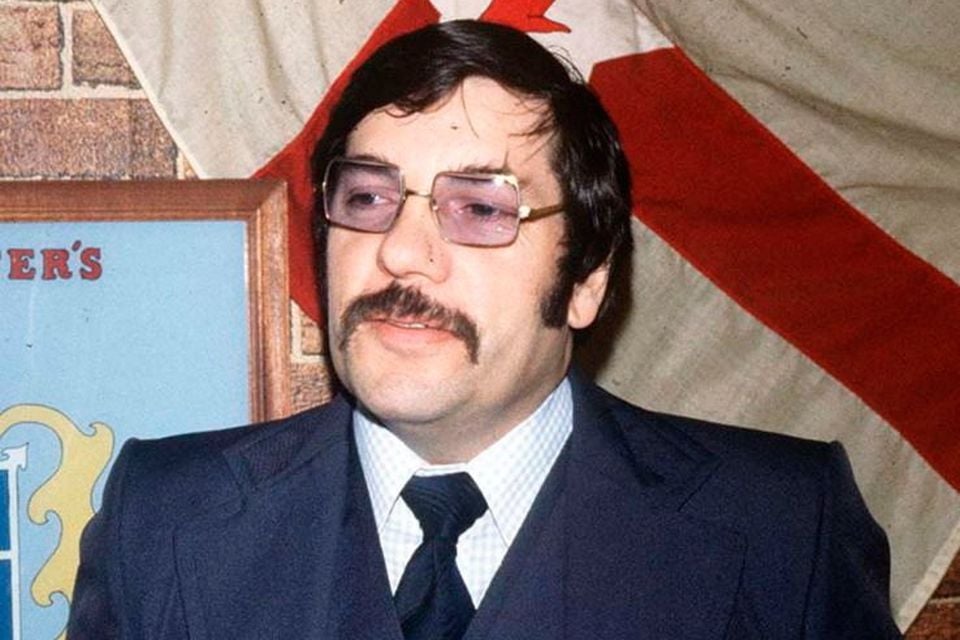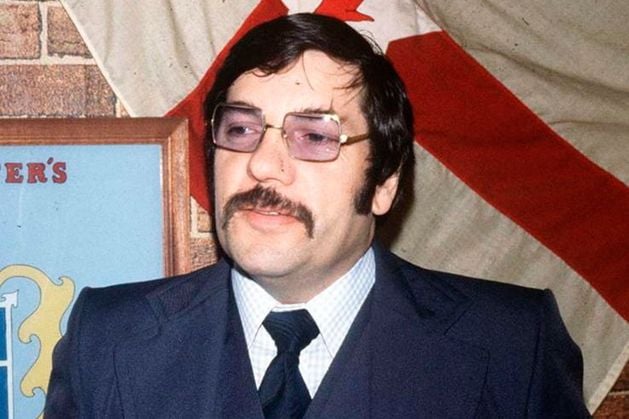Andy Tyrie, who was aged in his 80s, was one of the most prominent figures from the early years of the UDA.
He led the terror group from 1973 until 1988, when an attempt on his life led to him quitting.
Tyrie stepped away from politics and the public spotlight some time ago.
His tinted glasses and thick moustache made him a recognisable figure during the 1970s and 1980s.
It is understood Tyrie had been ill for some time.

Andy Tyrie, who was aged in his 80s, was one of the most prominent figures from the early years of the UDA.
Peter Osborne, who chaired the Community Relations Council, posted on X: “In the years that I knew him Andy Tyrie was an advocate for tolerance, reconciliation, and on those issues that particularly affect working class communities. Sorry to see this. Condolences to his family.”
His name had featured on a loyalist museum in east Belfast.
The Loyalist Conflict Museum opened its doors in 2012, and was originally called The Andy Tyrie Interpretive Centre.
Tyrie’s first involvement in loyalist paramilitary activity came with the UVF in the late 1960s, before he switched to the UDA.
Soon Tyrie became a UDA officer in the Shankill Road area, and was appointed leader in 1973 after the murder of Tommy Herron.
Although not convicted of any paramilitary activity, under his leadership the UDA was widely involved in terrorism.
According to the Sutton database of deaths at Ulster University‘s Cain project, the UDA/UFF was responsible for 260 killings during the Troubles. Most (208) of its victims were civilians, predominantly Catholics.
However, Tyrie encouraged the organisation to embrace politics through the establishment of the New Ulster Political Research Group (NUPRG).
He was involved in organising the Ulster Workers’ Council strike, which brought down the old power-sharing government.

Andy Tyrie.
News Catch Up – Friday 16 May
In an interview with The Observer in 1999, Tyrie said: “We opposed the Sunningdale agreement because it was imposed upon us.
“The British government just said ‘This is your lot and you have to accept it’.
“What people fail to understand was that the organisation I was involved with, the UDA, was not opposed to power-sharing.
“Our main gripe was the Council of Ireland, which was seen as being a mechanism to roll us into a United Ireland.”
The UDA was comprised of different factions and by the late 1980s this was proving increasingly problematic.
In March 1988, Tyrie narrowly avoided death from a car bomb. No-one admitted responsibility for the failed attack, but Tyrie believed it was carried out by potential successors within the UDA.
He quit as leader days later and went on to sever all links with the organisation.
Tyrie backed the Ulster Democratic Party’s campaign in favour of the Good Friday Agreement in 1998.
Asked in 1999 about the presence of senior Sinn Fein figures in the Executive – Martin McGuinness was Education Minister at the time – he was relaxed.
“Look, 130,000 people voted for McGuinness and his party and there is nothing I can do about it. I’m happy he is in there working the political system. It doesn’t bother me in the slightest,” Tyrie said.
Tyrie told the late Henry McDonald that lessons in politics and citizenship should be introduced in our schools to “help expel the fear and ignorance that is so prevalent in our community”.
He said he was anxious for old adversaries like Adams to survive for the future.
In the 1999 interview, he added: “I saw a picture of Adams in the paper last week and I didn’t like it. The photographer managed to get a shot of him in front of a book on Michael Collins. The implication was that Adams could go the same way Collins did.
“I thought someone should have complained to the Press Complaints Commission about it – we need Adams to stay where he is for this process to work.”
More to follow
